For many visitors to Edinburgh, a must-see is the statue of Greyfriar's Bobby on George IV Bridge and, although it's officially frowned upon, rubbing Bobby's nose for luck. The true story of Greyfriar's Bobby is so enchanting that even Walt Disney decided to make a movie about him.
So, why is there a statue of a little Skye Terrier on one of Edinburgh's most prominent streets? Discover the heart-warming story with this blog from Scottish Tours.
Greyfriars Bobby Story
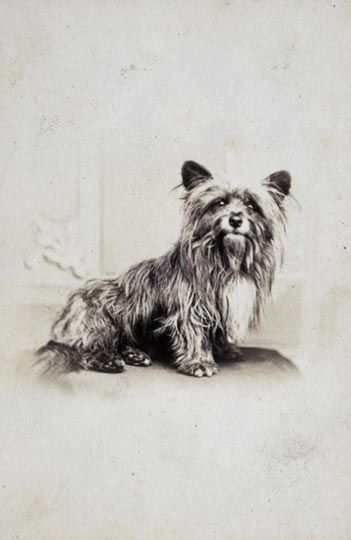
Greyfriars Bobby was a Skye Terrier who became famous in the 19th century for his unwavering loyalty to his owner. In 1850 John Gray, his wife, Jess and their son John arrived in Edinburgh. John was a gardener but could not find employment in his new hometown, so he worked as a night watchman for the Edinburgh Police Force.
It was a lonely job, so to keep him company, he bought a wee Skye Terrier, who he called Bobby. Soon John and Bobby became inseparable through the long winter nights they maintained a watch over their charges.
Death of John Gray
Edinburgh's damp and murky weather eventually took its toll on John, who was diagnosed with tuberculosis. Despite treatment from the Police Surgeon, John died on 15 February 1858 and was buried in Greyfriar's Kirkyard.
Bobby, who had never been apart from John, refused to leave the cemetery and stayed by his owner's grave. Despite the efforts of the graveyard staff to evict Bobby, he always returned and eventually, they gave up and provided little Bobby with shelter beside John's Grave.
Bobby the Celebrity
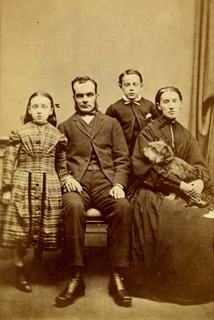
Word of Bobby's loyalty quickly spread, and he became a local sensation. It is said that crowds would gather outside the graveyard at one o'clock each day. When Edinburgh's famous one o'clock gun was fired, Bobby would leave the grave and join local joiner William Dow for a walk to a local coffee shop.
John and Bobby visited Traill’s Temperance Coffee House on their rounds, and Bobby was always given something to eat by the owner John Traill. This tradition continued after John's passing, thanks to the generosity of the owner.
A Very Special Dog Collar
A new by-law was passed by the Edinburgh Council in 1867, making it mandatory that all dogs had a licence and a collar. The Lord Provost of Edinburgh, Sir William Chalmers, undertook to pay for Bobby's licence, and he received a collar with the inscription "Greyfriar's Bobby from the Lord Provost 1867 Licensed".
If you visit the Museum of Edinburgh on the Royal Mile, you can see Bobby's collar and drinking bowl.
Greyfriars Bobby Grave
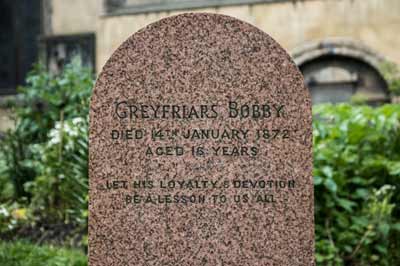
Bobby stayed by John's grave for 14 years until he passed in 1872. He was buried in the same cemetery, just a few feet away from his beloved owner.
Greyfriars Bobby's story is one of the most enduring tales of loyalty and devotion. It serves as a reminder of the special bond between humans and animals.
In 1981 a new headstone at Bobby's Grave was unveiled by the Duke of Gloucester. The inscription reads, "Greyfriars Bobby – Died 14 January 1872 – Aged 16 years – Let his loyalty and devotion be a lesson to us all".
Statue of Greyfriars Bobby

The legend of Bobby touched the heart of Baroness Angelia Georgina Burdett-Coutts. She was the daughter of the banker Thomas Coutts (of Coutts Bank fame) and inherited £1.8 million on her grandfather's death, making her one of the wealthiest women in England.
Burdett-Coutts spent most of her wealth on philanthropic causes. She co-founded the Urania Cottage for "fallen young women" with Charles Dickens and became a social housing pioneer.
The Baroness got permission from Edinburgh Council to erect a statue of Bobby at the junction of Candlemakers Row and George IV Bridge, just outside Greyfriars Kirkyard. The artist William Brodie was commissioned to create the statue in 1872.
Since its unveiling, the statue of Bobby has become an important Edinburgh landmark.
Greyfriars Bobby Film
The enchanting story of Greyfriars Bobby captured the imagination of no less a filmmaker than Walt Disney. In 1961 he released a movie starring Donald Crisp and Laurence Naismith titled "Greyfriars Bobby". The movie was filmed on location in Edinburgh and directed by Don Chaffey.

The film depicts the relationship between Bobby, the people who took care of him and the legal battles that ensued when the city council tried to remove him from the cemetery. The movie was well-received by critics and audiences alike and is considered a Disney classic.
"The Adventures of Greyfriars Bobby" was a 2005 remake of the story directed by John Henderson. This version of the story starred James Cosmo, Gina McKee, Christopher Lee and Ardal O'Hanlon.
A large part of the filming took place in Stirling, where Stirling Castle stood in for Edinburgh Castle and the Old Town Cemetery for Greyfriars Kirkyard.
Greyfriars Kirkyard
Greyfriars Kirkyard is a historic cemetery in Edinburgh, Scotland. It is the final resting place of many notable figures, including the poet Robert Burns and the philosopher David Hume.
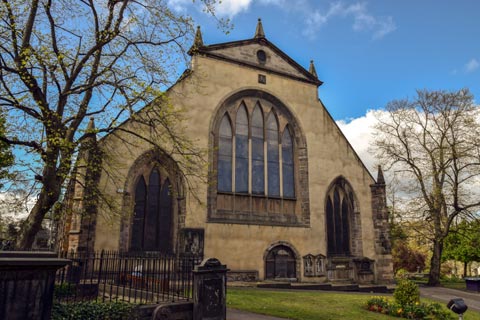
Historically the churchyard of Greyfriars Kirk is most well-known for being the burial site of many Covenanters, a group of 17th-century Scottish Presbyterians who signed the National Covenant in 1638, pledging to maintain the Presbyterian form of worship and government in Scotland.
The Covenanters were persecuted by the government, and many were imprisoned or executed for their beliefs. Many of those buried in Greyfriars Churchyard were Covenanters who died while imprisoned in the nearby Tolbooth prison or were executed for their beliefs.
The cemetery is also known for its association with the legend of the "Mackenzie Poltergeist," a supposed ghost that is said to haunt the graveyard. Some people have reported strange occurrences and ghost sightings at the cemetery.
Harry Potter Greyfriars Kirkyard
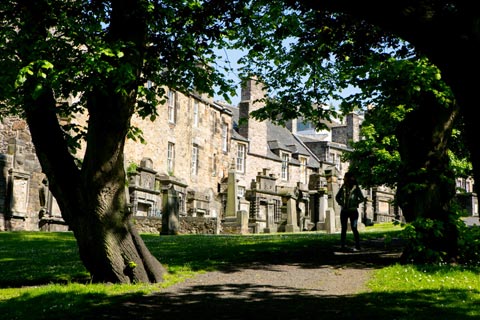
The historic churchyard is said to have served as an inspiration for J.K. Rowling's Harry Potter series. The cemetery is located near the author's former home in the city. It is believed that she used some of the names and locations from the graveyard in the Harry Potter books.
For example, the character of Lord Voldemort's father, Tom Riddle, is buried in a grave with the name "Thomas Riddell" in the Kirkyard. Similarly, the character of Hermione Granger's parents are buried under the names "Jean and Ernie Granger" on a grave in the cemetery.
William Mcgonagall, notorious for being Scotland's worst poet, is interred in a graveyard. Some say he served as the model for Hogwarts headmistress Professor Minerva McGonagall. It is also speculated that the graveyard was the source of inspiration for the final resting place of "Hufflepuff" character, Helga Hufflepuff.
Discover the tales of Scotland with Scottish Tours
The story of Greyfriars Bobby is just one uplifting chapter in Scotland's Story. Join one of our tours and let us weave stunning scenery, fascinating folklore tales and unique experiences into a mesmerising sightseeing adventure.
Book your Scotland Tour today.
Picture credits: Wikimedia and Shutterstock

